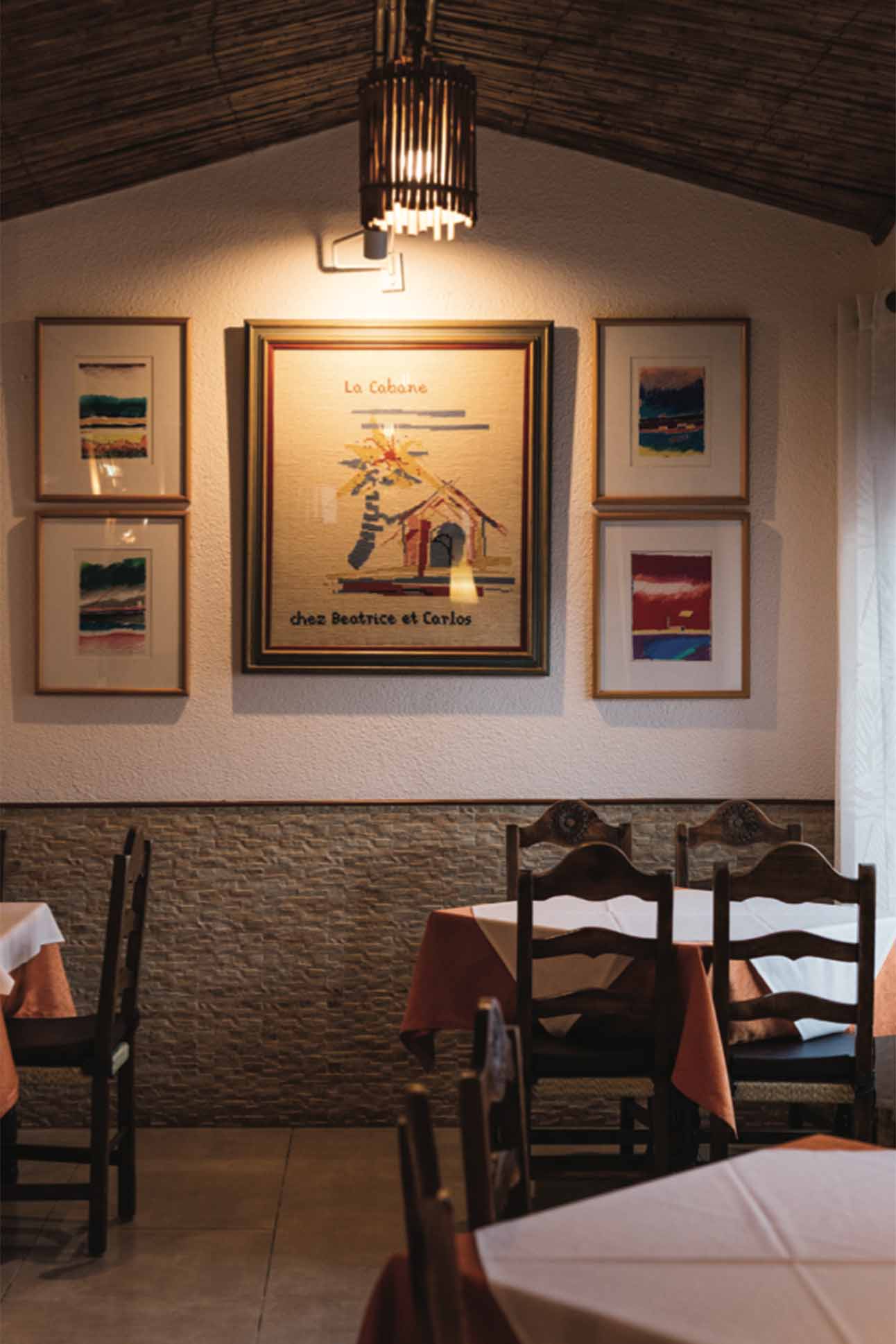Text by Ann Abel
Images by Rodrigo Cardoso
In 2010, Dino D’Santiago went with his father to Santiago in Cape Verde, the island from which he took his stage name. There, he connected more deeply with the soul of the Cape Verdean music that he had grown up with at home. He was already an accomplished musician, but since that trip, his sound increasingly fused traditional morna, batuku, and funaná with contemporary club music and R&B.
Although D’Santiago now splits his time between Lisbon and his hometown of Quarteira, Quarteira remains in his soul. D’Santiago’s father came to the city in Algarve from Cape Verde in 1972, shortly before the islands achieved independence from Portugal. His mother joined his father there in the early 1980s, and he was born in 1982. The musician grew up in the Bairro dos Pescadores (the fishermen’s neighborhood) and started singing with his family in a church choir.
“It was a hard time because a lot of people were coming from Lusophone [Portuguese-speaking] Africa,” D’Santiago explains. “Quarteira had a bad image around the country because Bairro dos Pescadores was like a favela, really poor with a lot of acculturation.” At the same time, as more immigrants arrived, the city continued to grow. “People worked in construction or domestic work,” he recalls. “Quarteira was almost the city of the workers, the one that supported the construction of Vilamoura, Vale do Lobo, and Quinta do Lago, the diamonds of the Algarve.”


Restaurante La Cabane are two of Dino D’Santiago’s Algarve Favorites.
His singing talent gained him the attention of rappers, who needed a singer for hooks. At the age of 21, D’Santiago left home to pursue a career in music, singing with hip-hop and R&B acts. After his trip to Cape Verde, he developed the signature style that has garnered him national and international recognition, and even the attention of Madonna after she moved to Lisbon in 2017. (He coached her on speaking and singing in Portuguese and Creole and appeared on her album Madame X and beside her onstage.)
Through it all, he has remained a proud champion of Quarteira, a coastal city that is sometimes misunderstood. In the 1990s, as immigrants kept arriving, he says, it was a “really urban city,” with influences of street art, hip-hop, graffiti, sports like BMX, surfing, basketball, and breakdance. “It had mixed culture, an African side with kizomba and funaná and also a hardcore movement with Nirvana, Green Day, and the Offspring. And then in the early 2000s, people came from Brazil and Eastern Europe, and they combined like feijoada—Quarteira is a big feijoada mixed with cachupa,” he says, referencing Brazilian and Cape Verdean stews.
Now D’Santiago is using his cultural influence to celebrate Quarteira. He produces Sou Quarteira (“I am Quarteira”), an annual international festival featuring artists like Mayra Andrade, Eva Rap Diva, and Branko. But to D’Santiago, Sou Quarteira is “more of a movement, to share to the world the talents from Quarteira, what we are doing in medicine, sports, hotels, big chefs. Like a transversal way to see how a city that was stigmatized over the years, how we are reinventing ourselves to show that we are the epicenter of the Algarve.”



The city’s multiculturalism is an important piece of that. “When I travel to New York, London, or São Paulo, it’s not strange to see diversity. That’s what Quarteira has. There were 37 nationalities in my school. It’s normal for me since I was a kid. That’s how I learned to speak English, French, and Creole, just talking with people from different cultures and perspectives.”
The city loves him back. The president of the municipality awarded him a Gold Medal of Honor in 2020, and that same year, a mural of D’Santiago and his son by the artist Menau went up near the city hall. “For me, it’s like, ‘Wow,’” admits D’Santiago. “It was done because of the [Black Lives Matter] march in Lisbon, someone took this picture of me with my son Benjamin on my shoulders. This kid is looking for a changing world. I hope in his lifetime he will see the changes that we need.”
The Algarve Favorites of Dino D’Santiago
La Cabane, Quarteira
Old-school, no-frills Portuguese restaurant away from the beach with a devoted local following
Mercado do Loulé, Loulé
Regional food market with local vegetables and delicacies in a historic building
Ilha Deserta, Faro
Nearly deserted island (save for a very good fish restaurant) reached via boat trip from Faro
Castelo de Silves, Silves
Castle with more than 1,000 years of history, and one of Portugal’s most notable examples of military architecture
Noélia & Jerónimo, Cabanas
One of the top casual restaurants in the Algarve, a favorite of chefs
Praia de Cabanas, Cabanas
A particularly beautiful beach within the Ria Formosa natural park
Praia da Falesia, Albufeira
Stunning beach in the central Algarve distinguished by its ochre-hued cliffs
Castro Marim
Picturesque, historic village near the Spanish border
Lagos
Lively town on the western edge between the surfers’ Algarve and the golfers’ Algarve
Dom Pedro Pinhal Golf, Vilamoura
The Quarteira kid made it to Vilamoura in the end




